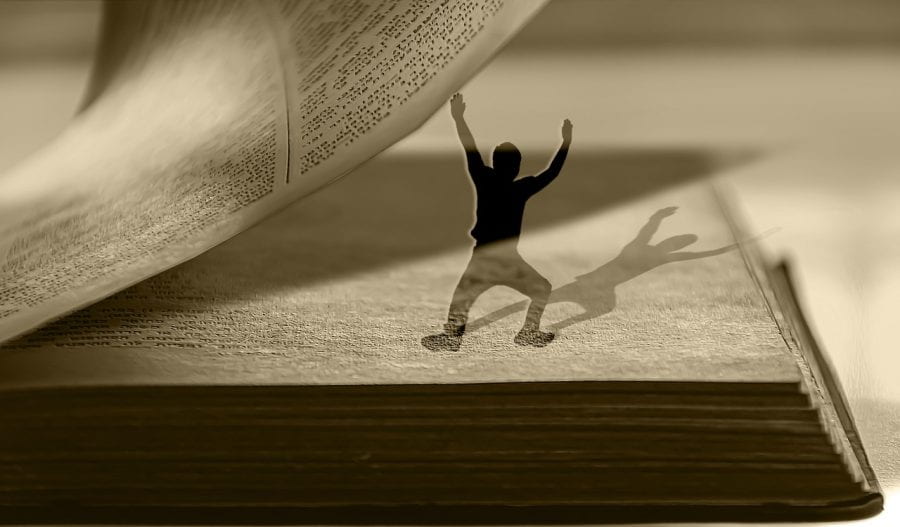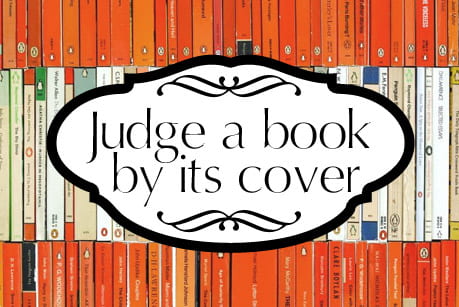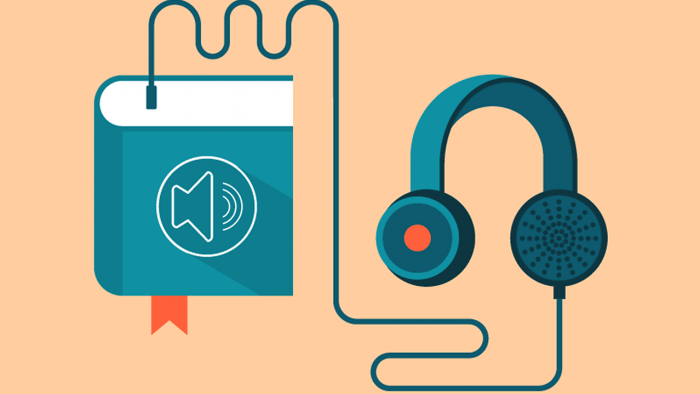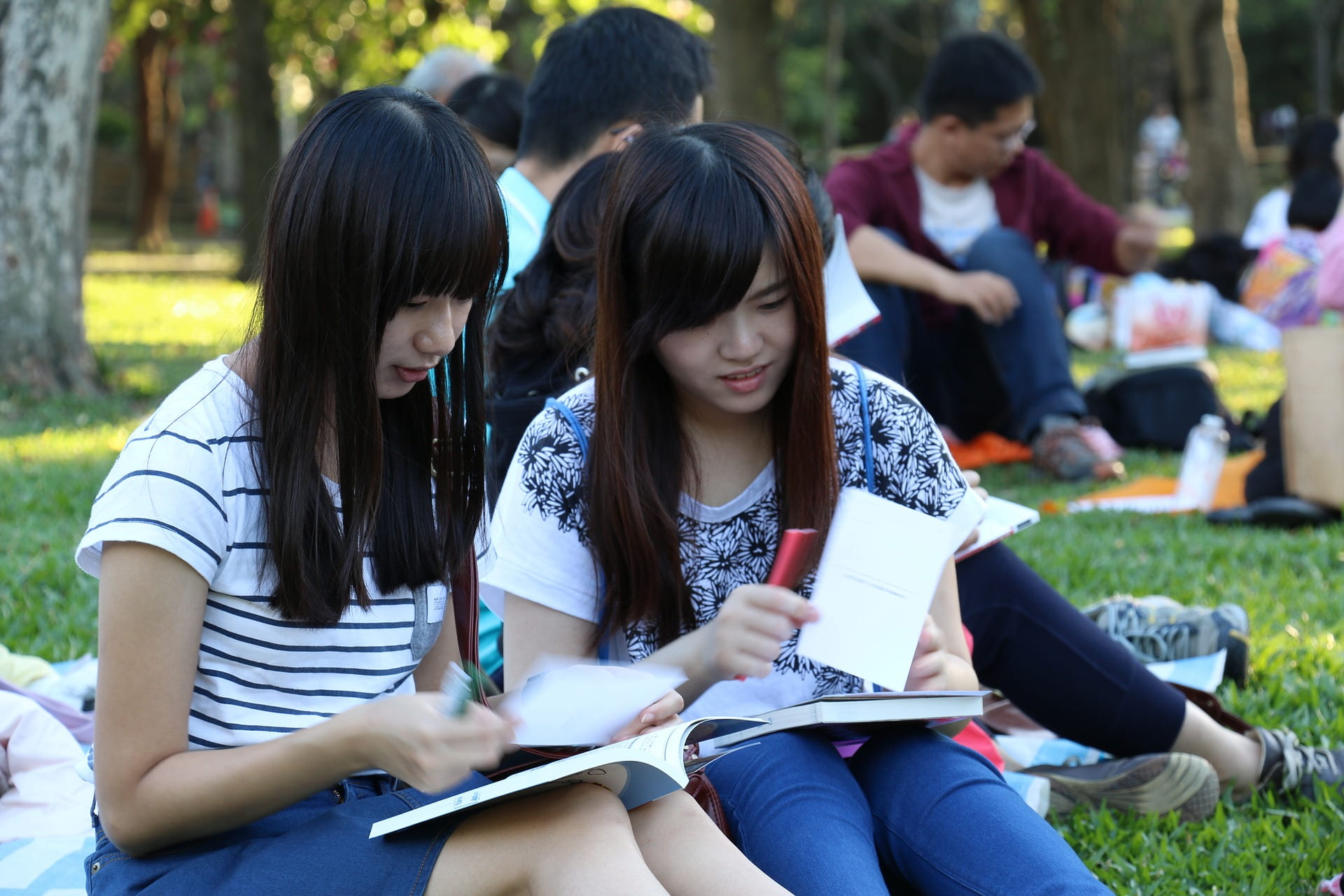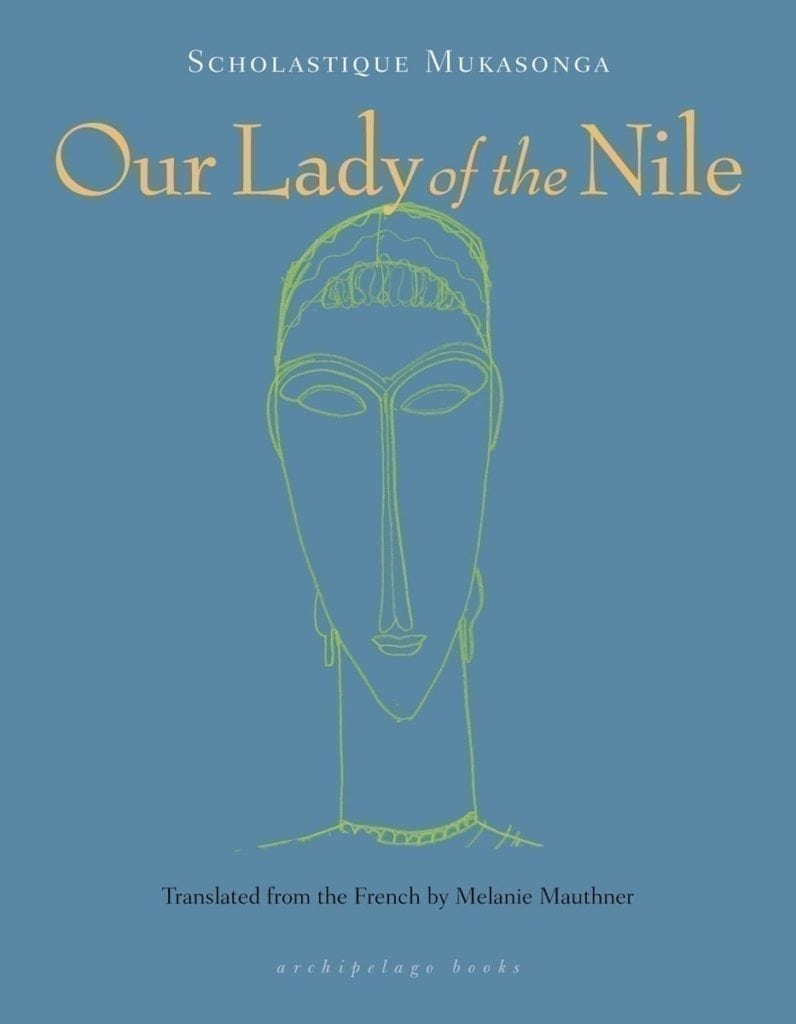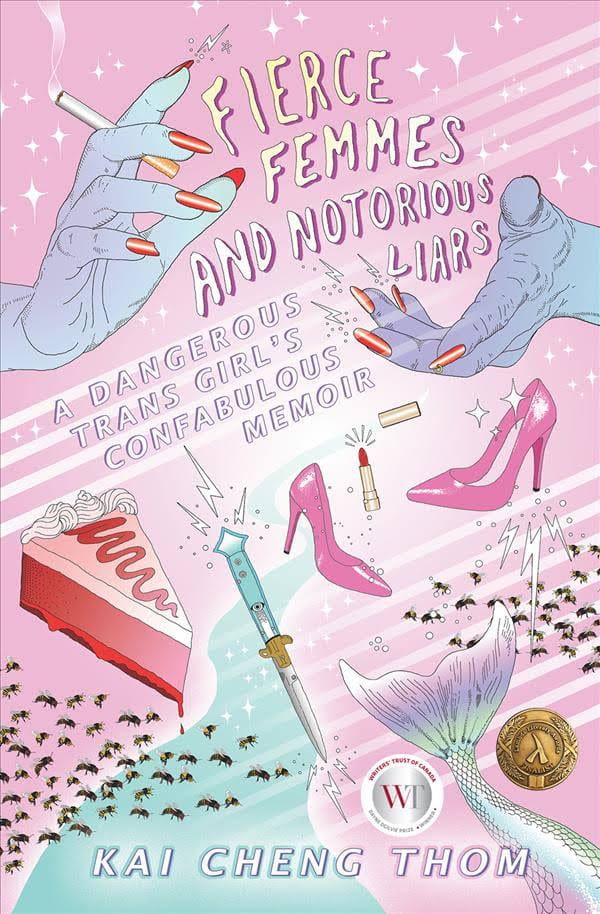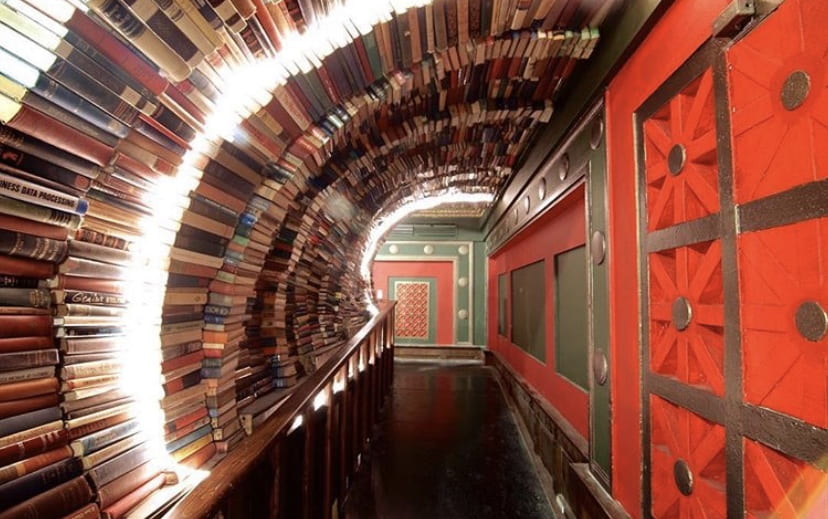There is a common phrase that is used and recognized by many book readers, and that is
Don’t judge a book by it’s cover
As often times there are book that although is amazingly written, the cover is not the attractive at all but it surprises you.
Yet, what if I tell you the cover is everything to a book.
Imagine walking into a library, stock full of beautiful books full of amazing stories, and you find a book catches your eye. Without even reading the name, it’s what’s on the cover that you see first, or specifically, the color.
It’s like first impressions when meeting a new person, even if you’re an amazing human being, the first impression will stick in the back of their mind the entire time they know of you. Maybe your actions will completely throw their impressions in a loop, or perhaps they justify their impression by what they had known when they first met you?
What is a good story if there’s nothing that can draw people’s eyes to read it in the first place?
The cover and the book go hand in hand, it will change the way you see a story and have you speculating from just one glance. Although there are many things that contribute to designing a delectable cover, I’ll be talking about one quality that is, what I think, the most important part of book covers.
The color!
It’s the spice and seasoning to a meal!
It provides the flavor and an introduction to what’s coming next.
Colors are connected to emotions and give personality to your first impressions.
Some of the book covers of this blog can be found in our library catalogue and will be hyperlinked below the photos.
The Hypocrite World by Sophia Hill
Let’s get a look at the meaning of the colors specifically, the tone and feeling each of them convey when it’s dominating the cover. Any color can be used for many purposes as long as you use it correctly, but there are some colors that are better at portraying certain aspects than others. Don’t be tempted to make an entire palette based on these descriptions. You must also leave room for novelty and exploration. Be ready to make diversions from the usual color uses and make a surprise.
Red
The Illuminae Files | Fahrenheit 451 | His Majesty’s Dragon | The House that Fell from the Sky | Cemetery Boys
We’re going to start with Red, a very bold strong color that immediately attracts attention. For example, the fastest and most luxurious cars in the world are most often painted in red and famous people are usually given the red carpet treatment. There’s a reason why so many brands features a lot of red on their logos. Red is about, confidence, energy and passion. Romance is also associated with Red, usually recognizable from red roses, red balloons, and red ribbons on gifts. Yet, darker shades can also be used for showing danger, power and rage. Since darker reds are often associated with the color of blood, as a result, the color red increases heart rate and boosts the energy level.
Pink
Someone Who Will Love You In All Your Damaged Glory | Laura Dean | Sugar and Spite | Some Places More Than Others | Happy Place
Pink is next up, although it’s technically a lighter tint of red, it deserves its own category with the amount of influence this color has alone. The color pink can be linked to feminine and masculine, shallowness and confidence, and many other things. It is a very contradictory color and the meaning would change depending on how it’s used. Pink at first glance is a color that brings playfulness, emotion, desires, and dreams. It’s a more youthful color, often seen as innocent or naive. It is not aggressive like red but rather suggests safety and vulnerability. However it can also be used to deceive, the rose-colored glasses proverb is often associated with pinks, so it can also be seen as refusing to see the reality of a situation and remaining willingly blind to the consequences.
Orange
Haikyuu!! | A Mango-Shaped Space | Dune | If I Ever Get Out of Here | Not Your Sidekick
Orange is a combination of red and yellow, filled with energy and stimulation. It is an extrovert color, think of all the self-made success books, it’s the color of strength. It has positive traits such as optimism, enthusiasm, sociability, self-confidence, flamboyant and adventurous. Negative traits include superficial, inexpensive, dependent, risky and too proud. Each shade of orange has a particular meaning, such as peach for communication, golden for vitality and self-control, amber for confidence and self-esteem, and burnt orange for aggression, pride, and tension. If you didn’t know, pastel orange shades would increase the appetite. It’s a good color that can be dominant but is usually used as an accent to other colors.
Blue
Dear Evan Hansen | Bloom | Dear Edward | The Great Gatsby | Dark Money
Blue is the color of relaxation, calm, and peace. It is a non-aggressive color that encourages serenity, orderliness, and tranquility. It is also the color of exploration, magic and travel. You can recognize this color on many though provoking novels. It is often linked to creativity and promotes trust and dependability. It has been chosen as the color of choice for law enforcement officers worldwide due to its association with trust and dependability. The idea behind dark blue uniforms is that blue should convey an authoritative yet calm and confident presence, just like the color itself. Lighter blues can sometimes appear icy, cold, and unfriendly. Yet, the color blue can also evoke feelings of sadness and depression. Music genres that are called ‘blue’ are often referred to as sad songs related to painful experiences.
Purple
Delilah Green Doesn’t Care | We’ll Always Have Summer | Honor Among Thieves | Carry On | Lost In The Never Woods
Purple is often associated with luxury, power, royalty, dignity and nobility. It is also associated with independence and grace, mysticism and magic. Just as history depicts the most influential royals wearing purple robes, so too has it been used for public officials, honored military veterans, so on and so forth. The meaning of purple varies with its shade, with lighter shades shifting towards soft or romantic or spiritual energies, brighter shades associated with nobility, power and status, and darker shades representing darkness, sadness and frustration. The colors Violet & Lavender are often symbols in the LGBTQ+ community as they were historically associated with secret gifts and what they were called, for example “Lavender Menace” in 1970s New York was an informal group of lesbian feminists protesting the exclusion of their presence in spaces, “Lavender Boys” was a term used for gay men in the 1920s, and gifting violet flowers as a symbol for WLW. You can see this color a lot in fantasy covers, as one of the most mysterious colors, no doubt, is dark purple. This color can be used to impart a sense of the unknown, of curiosity and mystery, especially when paired with black.
Green
Little Fires Everywhere | The Inheritance Games | The Maze Runner | The Seven Husbands of Evelyn Hugo | Britt-Marie Was Here
Green is a color that is often associated with nature, growth, and balance. It is used in literature and art to represent different emotions depending on the shade. For example, light green is associated with health and vitality, while dark green is associated with magic and mystery. Green has also been found to have therapeutic and calming effects on people, promoting recovery from surgery and reducing mood disturbance. Green has also been associated with environmentalism and sustainability, as well as with financial prosperity and wealth in some cultures. However, too much green or the wrong shade of green can evoke negative connotations such as stagnation, isolation, envy, greed, and possessiveness. In addition to its emotional and psychological associations, green has cultural and symbolic meanings as well. In some cultures, green is associated with environmentalism and sustainability, while in others, it is associated with financial prosperity and wealth.
Yellow
I’m Glad My Mom Died | Recursion | The Girl With The Dragon Tattoo | Pretty Little Liars | Career Mastery
Yellow is a color often associated with optimism, cheerfulness, and joy, making it a popular choice for book covers and marketing materials, especially when used contradictory in horror and thriller covers. However, yellow can also be used to evoke negative emotions such as cowardice and impulsiveness. Pale yellow is associated with good moods and can eliminate apathy and anxiety, while bold yellow provokes ambition, motivation, and creativity. Yellow is linked with intellect and logic and has been found to improve analytical thinking. Yellow fosters positive thinking and a thirst for knowledge, and promotes energy, optimism, confidence, and fun.
Black
Obscure Sorrows | The Night Circus | Hell Followed With Us | Twilight | To Kill a Mockingbird
Black is often seen as the most serious color, conveying a sense of mystery, sophistication, and even death. It is a popular choice for book covers, as its neutral quality allows it to play off other colors and design elements to create a striking visual effect. Despite its reputation as a somber color, black can have different symbolic meanings for different people. In Feng Shui, for instance, black is associated with the water element and can evoke a sense of power, mystery, and calm. When used sparingly, it can have a grounding effect in the home or office. The color black can also evoke a sophisticated and formal lifestyle, as exemplified by a little black dress or a black-tie affair. However, it can also be associated with depression, as it can make us focus on the negative aspects of life and shut out the positive. Black has both positive and negative connotations. It can convey protection, comfort, strength, and elegance, but it can also be aloof, pessimistic, and secretive. Its association with authority and power can be intimidating, but it can also indicate discipline and self-control. One of the most prominent associations with black is its link to mystery and the unknown. It is often used to convey secret knowledge or esoteric ideas, and can be used to hide feelings or weight. It can also be a color of celebration and power in some cultures, such as in parts of Asia where it is used in weddings, as white is seen as a death and funeral wearing color. Despite its many associations, black remains a color that conceals rather than expresses emotions. It can create a sense of superiority or set someone apart from others, but it can also be seen as a grim reminder of loss and grief.
Grey
This Book is Gray | Hush Hush | Miss Peregrine’s Home For Peculiar Children | Six Of Crows | Warcross
When you think of gray, what comes to mind? Perhaps a sleek skyscraper, a powerful machine, or even the gray hairs that come with age. Gray is a unique color that has many meanings and associations, both positive and negative. On one hand, gray is seen as a symbol of sophistication, knowledge, and prestige. It’s the color of the urban landscape and industrial machinery. It’s often used in high-end design and fashion because of its elegant and timeless qualities. On the other hand, gray can also be perceived as conformist and unresponsive. It’s a neutral color that doesn’t have much personality on its own. It can appear either dark or light depending on the colors it’s mixed with. From a color psychology perspective, gray represents compromise – it’s the transition between black and white. As gray gets darker, it becomes more mysterious and intense. But when gray gets lighter and approaches silver and white, it becomes more dynamic and eye-catching. Gray is a calming and stabilizing color, but it can also be seen as boring and depressing. It’s associated with maturity and responsibility, and often used as a background color in design.
White
The Hate U Give | Sadie | Fence | The Cruel Prince | Hunger
White is a color that invokes a sense of simplicity, purity, and innocence. It’s often associated with new beginnings and clean slates, making it a popular choice for books to utilize on their covers. But while white can be refreshing and energizing, it also has a dark side. One of the most interesting things about white is that it’s not a color at all – it’s actually the absence of color. White is the lightest shade, and it has the power to reflect all colors in the spectrum. This is why it’s often associated with neutrality and impartiality. It can be used to represent perfection, as it’s the purest and most complete color. It’s also a color that is associated with spirituality, purity, and enlightenment. In many cultures, white is used in religious ceremonies to symbolize innocence, renewal, and rebirth. But while white can represent new beginnings, it can also be associated with emptiness, isolation, and even death. In some cultures, white is the color of mourning and is worn at funerals. It’s also a color that can evoke a sense of coldness and detachment. Despite its potential negative connotations, white is a powerful color that can bring calmness, comfort, and hope.
Brown
Soil Mates | Home is Not a country | Lalani of the Distant Sea | The Overstory | Bury My Hear at Wounded Knee
The color brown may not immediately catch your attention like bright and bold colors do, but there is a certain charm to them that shouldn’t be overlooked. Brown is a warm and earthy color that brings a sense of stability, reliability, and comfort. In many ways, brown is the color of the earth. It is the color of the soil that we plant our seeds in and the trees that grow from it. It is the color of wood and leather, both of which are commonly used materials for book covers. Brown is also associated with autumn, a season of change and transition. Books with brown covers often give off a cozy and nostalgic vibe. They can transport you to another time and place, evoking memories of childhood and simpler times. They can make you feel grounded and connected to nature. Brown book covers can also be seen in the genres of history and biography. Many history books have brown covers that feature photographs or illustrations of historic events or figures. Biographies often feature brown covers with a photograph or portrait of the subject.
As stated at the beginning, all colors can be used for the right purpose, as long as it’s used in the right way, and different cultures may have different interpretations. There is no specific laws for color, and everything is both true and a lie.
Despite that, there are some common colors are are usually associated and used frequently in specific genres. I will be listing some of them down below!
Non-fiction
Blue | Yellow (Gold) | Orange | occasionally Red and Green
 Ultra-Processed People by Chris Van Tulleken
Ultra-Processed People by Chris Van Tulleken
Non-fiction covers usually prefer to use a palette of blue, yellow (or golden), orange, and sometimes red, selecting these colors based on the meanings they convey and the emotions they evoke. For authors of self-help motivational books, success stories, and thought-provoking non-fiction, this color scheme can be particularly suitable. Additionally, utilizing white space on non-fiction book covers can enhance scannability and emphasize key elements for the audience. Red, being the color of power and one of the most primal colors, quickly evokes emotions. Using red in a business book can make it appear strong and influential. Blue, associated with math, science, computing, and a sense of calmness, can be ideal for books that aim to enhance decision-making skills. Yellow, symbolizing brilliance, light, clarity, and joy, is an excellent choice for books that seek to enlighten and bring about life-changing perspectives. Some American business or self-help books may also incorporate green, representing the color of the US dollar.
Science Fiction
Blue | Black | Green | Red | Gray
Translation State by Ann Leckie
Science fiction often employs a color palette featuring blue, black, green, red, and gray to set the mood and atmosphere of the story. Many sci-fi books are set in dystopian societies, facing challenging times, or exploring rebellions. Cool blues, purples, and metallic grays are used strategically to evoke tension and unease, while some books venture into the realm of impossible fictional colors, which do not naturally occur in nature. Blue, being associated with the mind, computing, and AI, is prominently featured in science fiction due to its connection with futuristic technologies. Black, even deeper than blue, represents the unknown, space, death, beginnings, and endings, all of which are common themes in sci-fi as it delves into the unexplored potential of humanity. Green, often linked to magic, signifies renewal and the healing power of nature, making it a fitting addition to science fiction stories that explore advanced technologies resembling magical feats. Interestingly, red, the color of power and fire, is surprisingly common on science fiction book covers, which might be attributed to the genre’s frequent inclusion of intense combustion-related scenarios. In film, red and green are frequently used together in science fiction, though the exact reason for this pairing remains uncertain.
Romance
Pink | Purple | Red | White | Blue
Red White & Royal Blue by Casey McQuiston
Romance novels typically embrace a color scheme consisting of pink, purple, red, white, and blue, which is especially fitting for historical, contemporary, erotic, or paranormal romance genres. Pink and purple are colors commonly associated with romance, evoking sentimental and affectionate emotions. While once used in an ornate and melodramatic manner known as “Purple Prose,” modern romance covers tend to use these colors with more sophistication, though less frequently than in the past. Red in romance signifies danger, excitement, mischief, and passion, making it a popular choice in graphic design and art due to its impactful nature. The combination of white and blue on romance covers represents values like purity, innocence, light, and tranquility, as well as security and fidelity, often juxtaposed against excitement and danger in the plot to create a compelling and deeply satisfying reading experience.
Fantasy
Bright Green | Purple | Yellow | Everything
The Midnight Library by Matt Haig
Fantasy books embrace a vibrant and diverse color palette, including bright green, purple, yellow, and many others. These colors hold special significance in the genre due to their connections with magic, royalty, and spiritual elements. Green and purple are both associated with magic, with purple historically linked to royalty due to its rarity and cost of production. The color’s proximity to the crown chakra, representing cosmic consciousness and infinity, adds to its spiritual connotations, making it a prevalent choice in fantasy. Similarly, gold, symbolizing wisdom and solar energy, also holds a magical essence and an association with royalty. Yellow, often used as a substitute for gold in graphic design, complements purple and naturally finds its place on fantasy book covers. However, despite these color associations, fantasy covers feature a vast array of colors, embracing the entire rainbow, as the genre is rich and diverse, encompassing various themes and worlds.
Thriller/Horror
Red | Red | Red | Black | Blue
The Only One Left by Riley Sager
Thriller and horror book covers predominantly feature a color scheme consisting of red, black, and blue, symbolizing blood, aggression, fear, power, violence, and mystery. Suspense, horror and thriller genres heavily rely on the color red in their covers, as it effectively conveys elements of power, blood, and fire, aligning perfectly with the themes of these intense and gripping stories. When combined with black, red sends a strong message that the book revolves around violence, mystery, and death. In graphic design, white, black, and red are considered the most crucial colors, known for their striking, clean, and impactful qualities. Additionally, blue frequently appears on thriller covers due to the genre’s affinity for incorporating water-related themes. Water has traditionally symbolized life, death, and love in literature, making it a common trope used by authors. Scenes set at lake houses, near rivers, or involving bathtubs often come into play. The allure of water imagery lies in its mysterious power to captivate viewers, similar to Kelpies and Sirens in nature.
Thank you for reading this far into this blog! It’s mostly just me rambling about basic color theory and my passion for colors. As we’ve seen, colors possess incredible power in influencing emotions, setting moods, and conveying messages in various aspects of life, from book covers to graphic design and beyond.
Next time you see a book cover, an advertisement, or a piece of art, take a moment to contemplate the colors used and how they make you feel. It’s fascinating to realize how much thought and intention goes into selecting the perfect color palette to evoke specific emotions and reactions.
May this newfound understanding of colors enrich your perception of the world around you. Embrace the artistry of colors, and don’t hesitate to experiment with them in your own creative endeavors. Whether you’re a writer, artist, or simply someone who appreciates the beauty of colors, let this knowledge empower you to make bolder choices in your expression.
Additional Resources and Article Sources:
Color Psychology
The Importance of Color
Book Colors
Book Covers
Sanzo Wada






